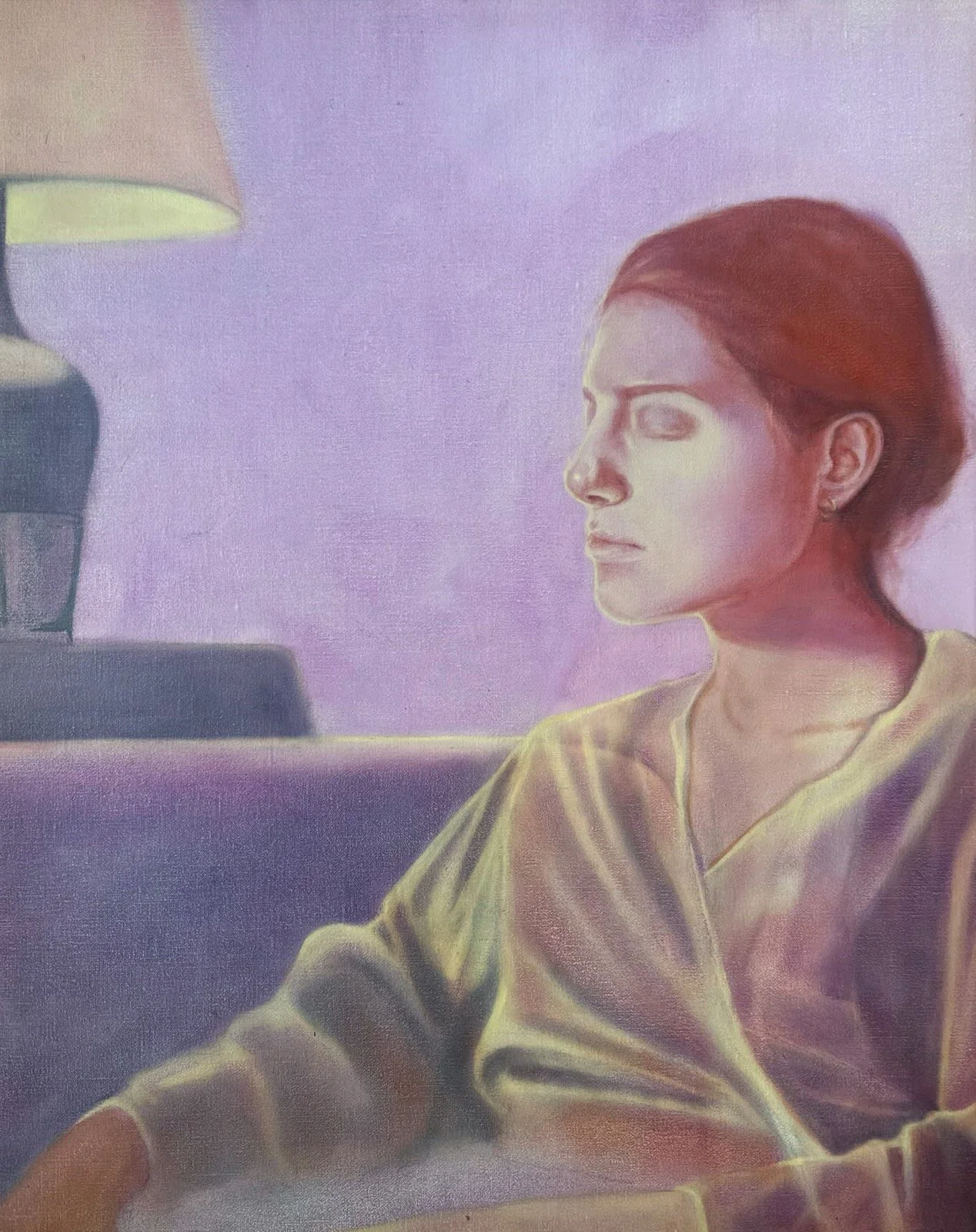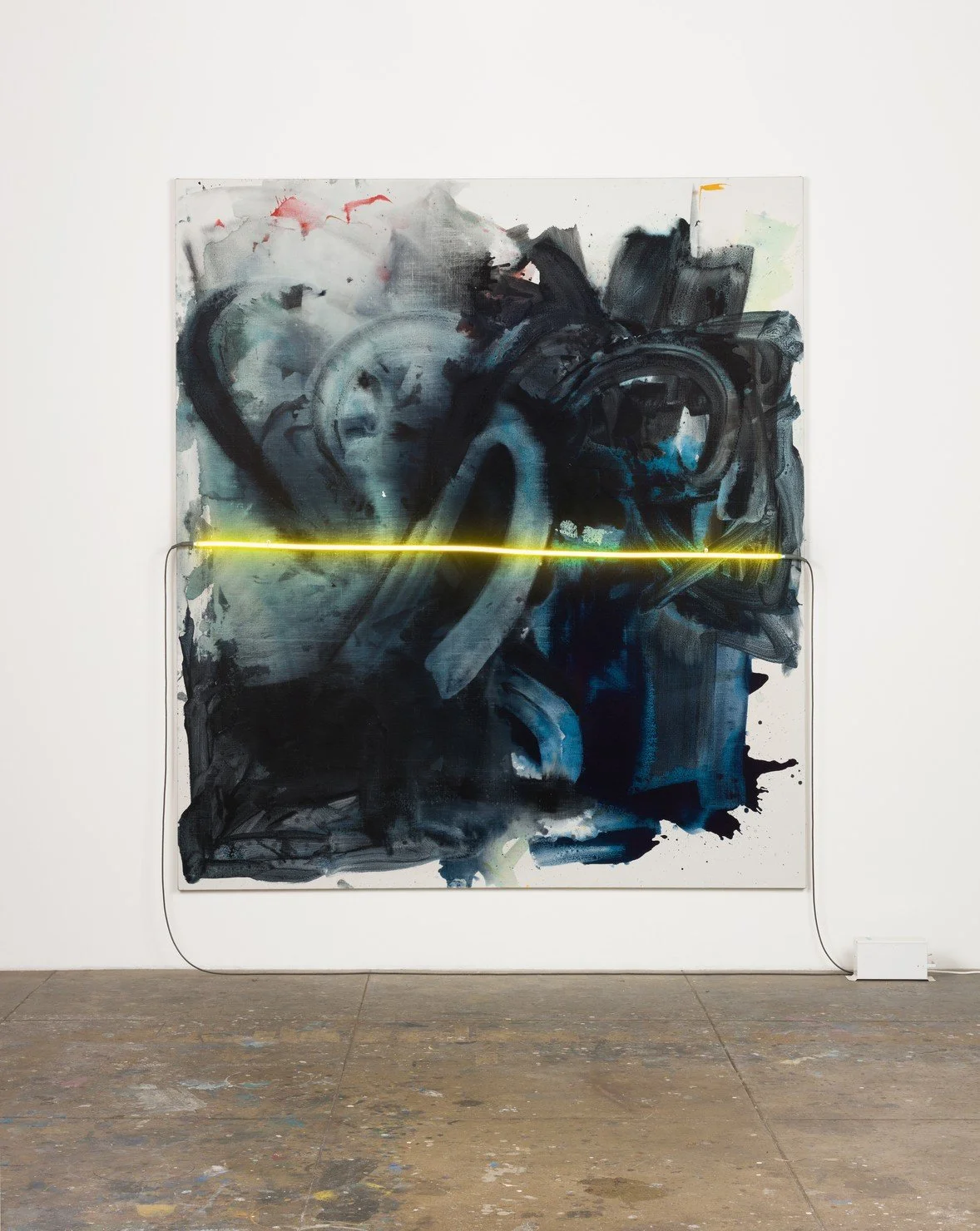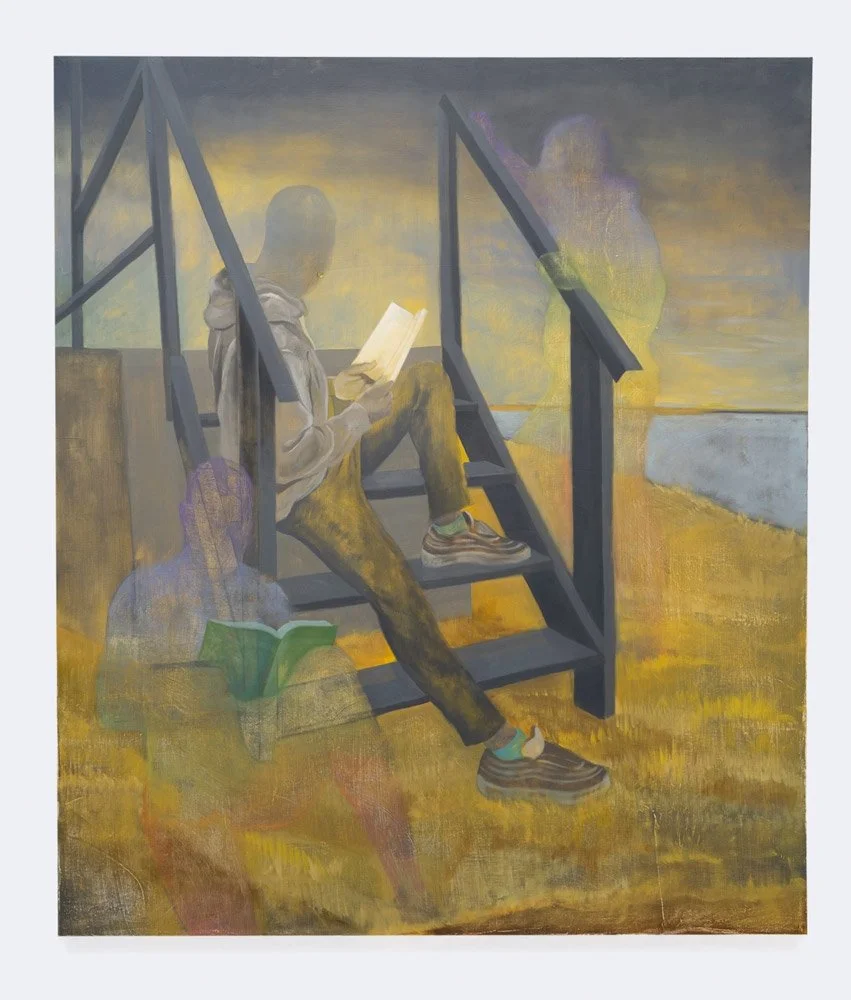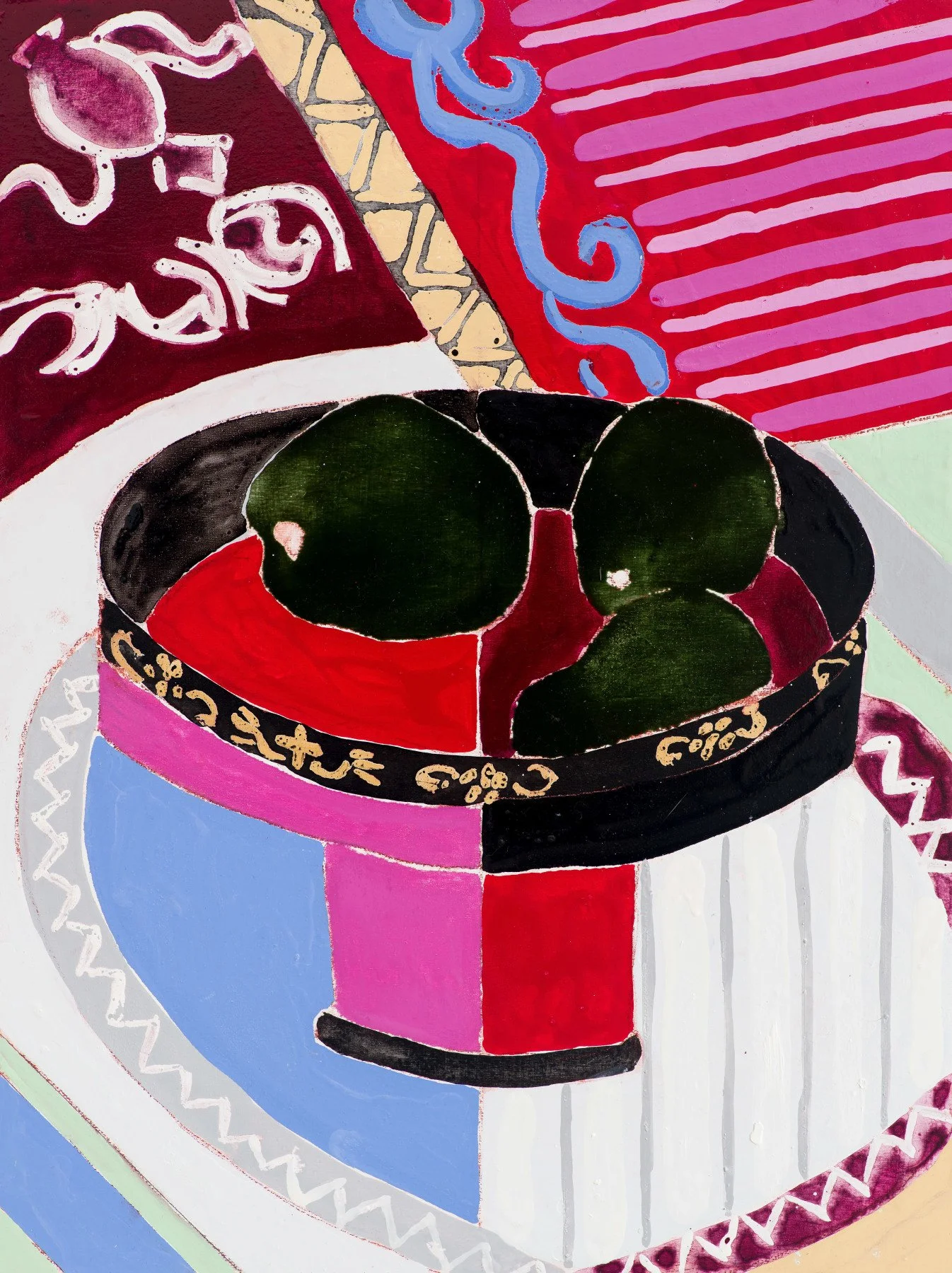Robert Zandvliet
“Florilegium”
New York, 176 Grand Street
Since the late 1990s, Robert Zandvliet has continually enriched the historical lineage of Dutch landscape painting in particular, and European art in general, with decisive new directions in composition, perception, and introspection. Being primarily concerned with the elemental or natural world, and what the artist calls "the idea of landscape," the exhibition Florilegium: Overview 1998 - 2023 illustrates Zandvliet’s inventive pictorial solutions that fuse both abstract and representational elements. He pursues the very essence of a subject and simultaneously challenges viewers' habits of observation by resisting realism while drawing attention to painterly gestures and the medium itself.
Robert Zandvliet Untitled, 2022 egg tempera on cotton 24 3/4 x 28 3/8 inches (63 x 72 cm)
Zandvliet has divided the exhibition into seven “chapters” focusing on themes or bodies of work from his evolving approach to painting over the last quarter century. Landscape has continually returned to him as a constant thread throughout his oeuvre. Always remaining committed to an intellectual exploration of the history of art including an examination of archetypal landscape motifs, he tests their relevance in a contemporary context. For Zandvliet’s newest series “Le Jardin,” featuring allover tableaus of interconnected networks of flora, he references Claude Monet’s “Nymphéas” paintings. These emphasize form, color, and the interlocking of foreground and background which lacks perspective. For Zandvliet though, his landscapes are not examinations of light or space, but a manner of creating an idealized and personal surrounding, while paradoxically attempting to remove himself from it. In his own words, he aims to “find the archetypes of my inner world.” Zandvliet’s other themes such as a rearview mirror or a stone also utilize highly reduced forms. These can first manifest themselves as abstractions with the subject later emerging, or conversely with the subject initially appearing and later fading away into gesture.
As Zandvliet describes: "I am not aiming to arrive at a specific style or handwriting. But there has always been an awareness of the material, the canvas, the paint, and the brushstroke." By frequently employing egg tempera that he mixes himself, Zandvliet lays down numerous thin, fluid, and semi-transparent layers with dynamic strokes from various brushes and rollers. In newer paintings, he has also employed oils and acrylics as details in the overall compositions creating distinct qualities of line, color, and depth. The artist has experimented with all these materials over the past decade in his small-scale, loose works on paper. Zandvliet comments: “Layer upon layer, these little landscapes arise intuitively. With an empty head and color on my brush, I feel free, skating across the paper.” These landscapes that have been reduced to an internalized essence, underscore looking and perceiving, which Zandvliet persistently renews in each series of works.







